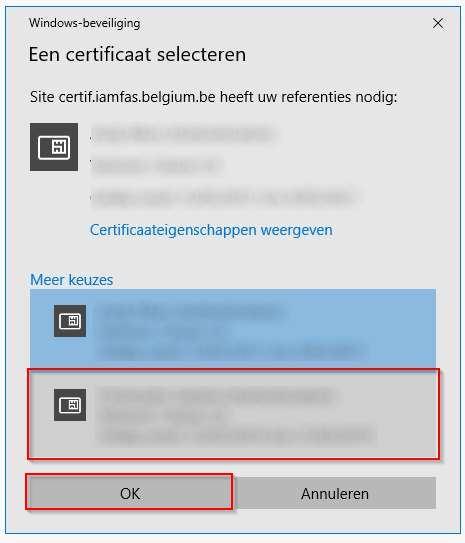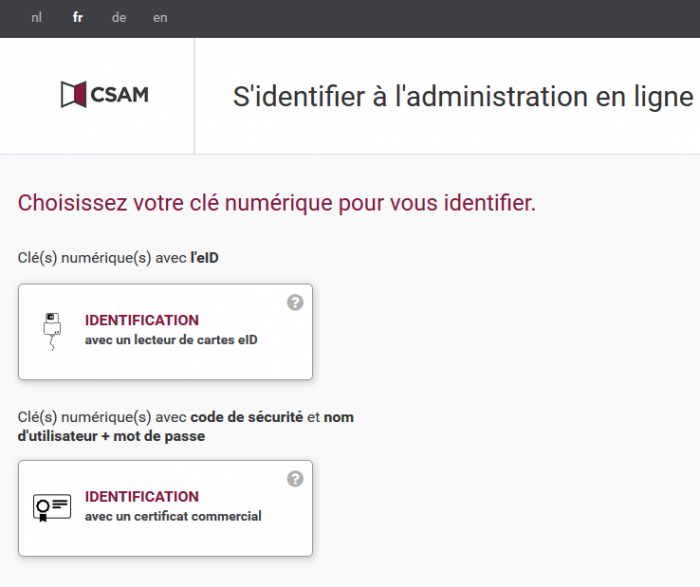Update Your System Date and Time. Let’s start with one of the more unlikely causes, but one that is. Summary: Firefox unable to use all certificates in Windows certificate store → SSLERRORHANDSHAKEFAILUREALERT - Firefox unable to use all certificates in Windows certificate store. Dana Keeler (she/her) (use needinfo) (:keeler for reviews) Updated. 3 years ago. In case it might help others: For me it turned out to be a certificate issue. Chrome automatically uses certificates added to Windows. FireFox does not. So had to import our self-signed dev server certificate into FireFox, and then the CORS worked again. 🙂 – Svish Aug 12 '20 at 8:07.


| WARNING: If you have used S/MIME for email encryption, you should export certificates, in order to retain a backup copy, before deleting them from the browser. How can I tell if I've used S/MIME for email encryption? |
.png)
Ssl Error Handshake Failure Alert
- Open Firefox Preferences
- Click on the three bars in the uper right and select Preferences from the menu.
- Open Preferences from menu path:
- On Windows: Tools > Options (or Firefox > Options or Options next to the gear icon) > Preferences
- On Linux: Edit > Preferences
- On Mac OS X: Firefox > Preferences
- Click on the three bars in the uper right and select Preferences from the menu.
- Select the Privacy & Security pane. Then scroll down to Certificates.
- From Your Certificates, click View Certificates.
- Select the expired or duplicate certificate and click the Delete button. You will be prompted if you want to delete the certificate. Click OK to continue.
- Close and re-open Firefox, and confirm that you have one, non-expired certificate.

Note: You also want to empty your browser cache after deleting your certificate.
Ssl Error Code
See Also
